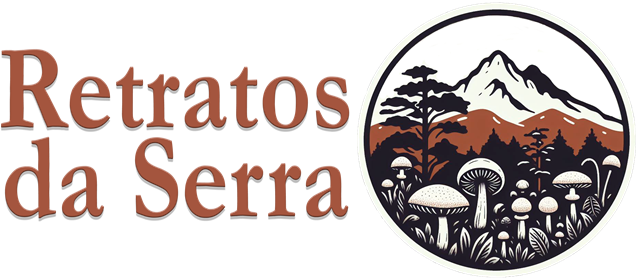A very orange macrofungus that draws attention from afar because of its color. Pycnoporus sanguineus is its scientific name (Trametes sanguinea is a synonym), also known as Cinnabar Bracket or Cinnabar Polypore and in Brazil as Urupê.
This species can be found throughout the world and is very common here in Brazil, it’s actually the macrofungus with the most observations in the country on iNaturalist. It usually grows in groups on dead wood, and when adult it can reach about 10 cm in diameter. It is a very resistant fungus and lasts a long time, withstanding sun and rain for weeks or even months without any problems.
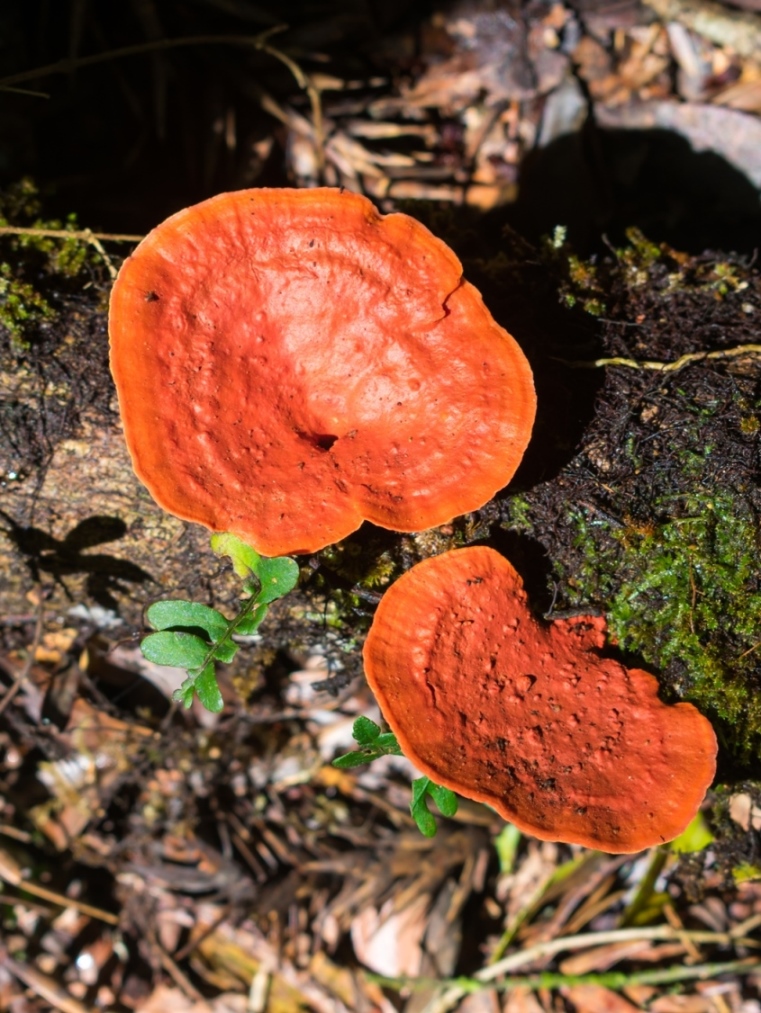

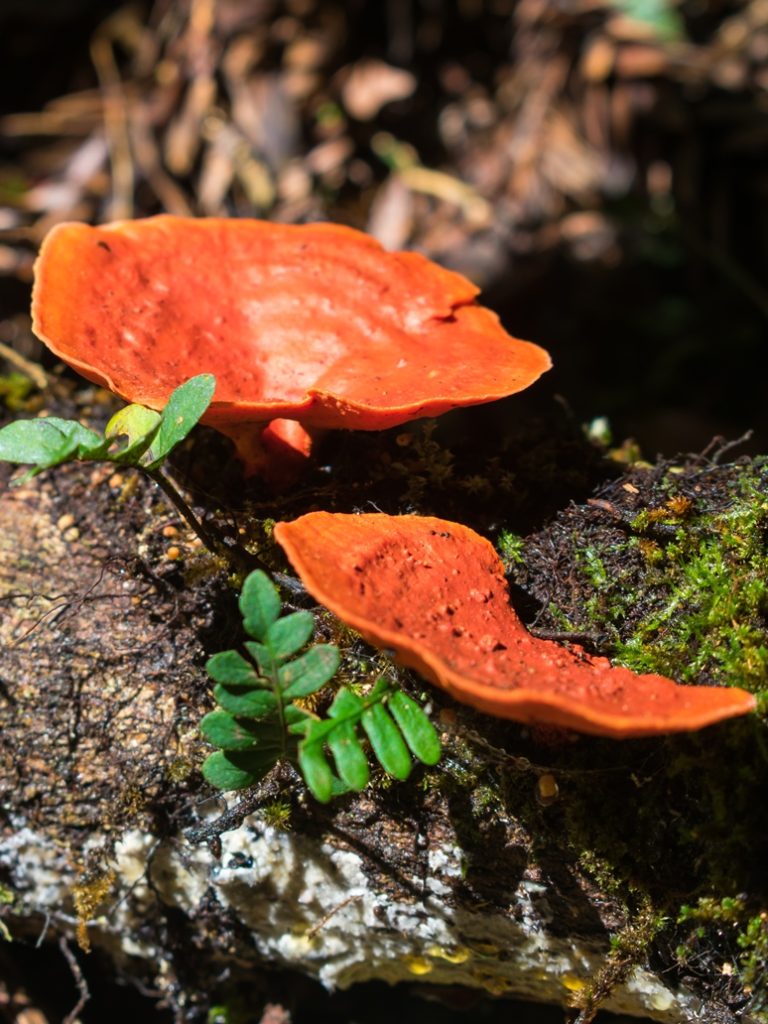
When I first found some white specimens the first thing that came to mind was that they could be albino, lol. However, a few weeks later I read in a post on Instagram by @marifungi that they can lose a lot of their color as they get older, even turning white.
It is also considered a medicinal mushroom, as it produces a substance called cinnabarin, with antibacterial and healing potential (among others), and there are reports of its use in traditional medicine by indigenous peoples of the Americas and Africa.
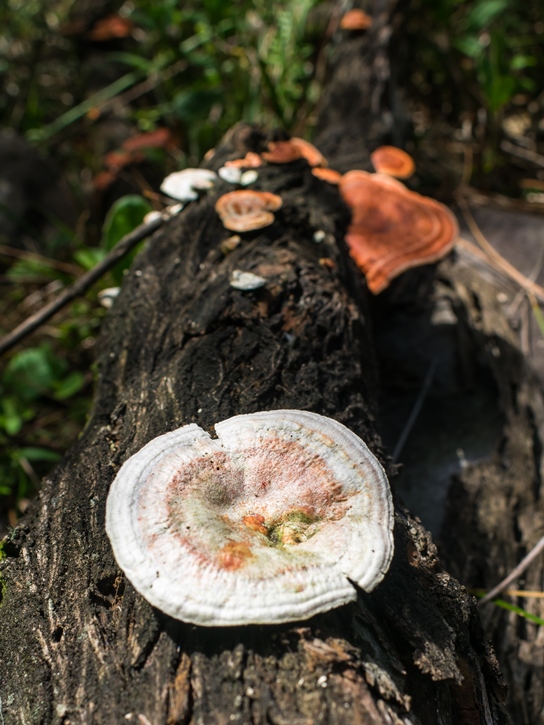
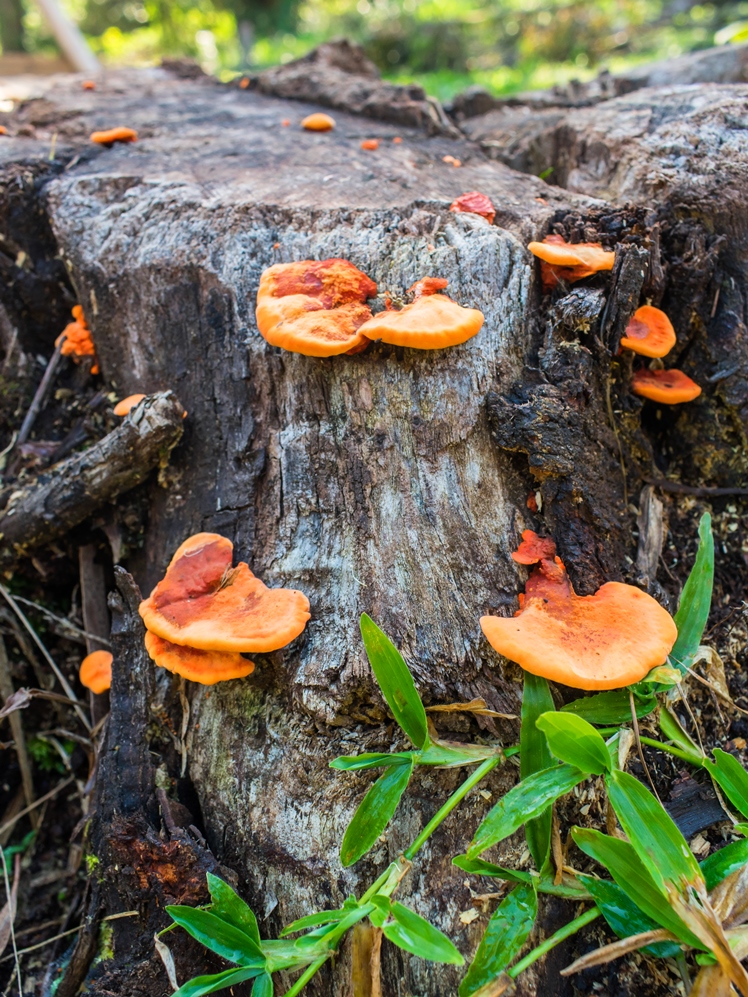
On the Wikipedia page, for example, there is a lot of information about this species, including mentioning its use as a dye pigment; mentioning that it has properties with potential application in the pulp and paper industry; and also in the production of medicines, citing the traditional use of indigenous peoples in the treatment of otitis and other diseases.
I found it super interesting, I would like to know traditional methods of preparation for its medicinal use. The only method I found a little more information about its preparation is to make tinctures, which can be used as a healing agent for wounds, among many other uses. This post on Amuscária Fungi’s Instagram (in Portuguese) has a recipe for tincture. However, I have not yet found precise instructions of use, like how many times a day, for how many days, etc.
📸 Pictures made in São Francisco de Paula, Rio Grande do Sul (Serra Gaúcha, South of Brazil).
